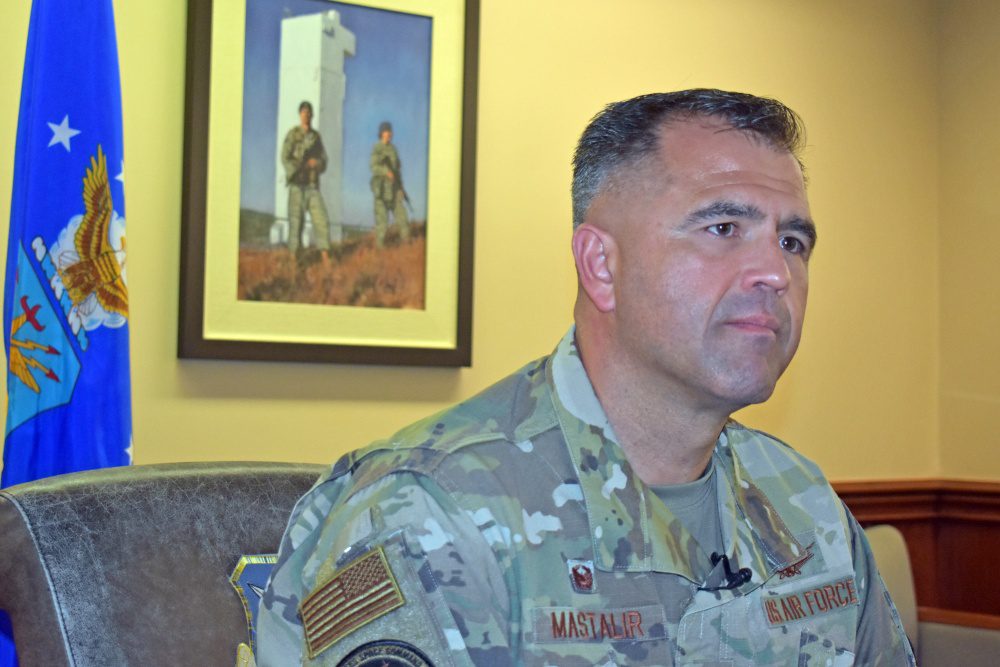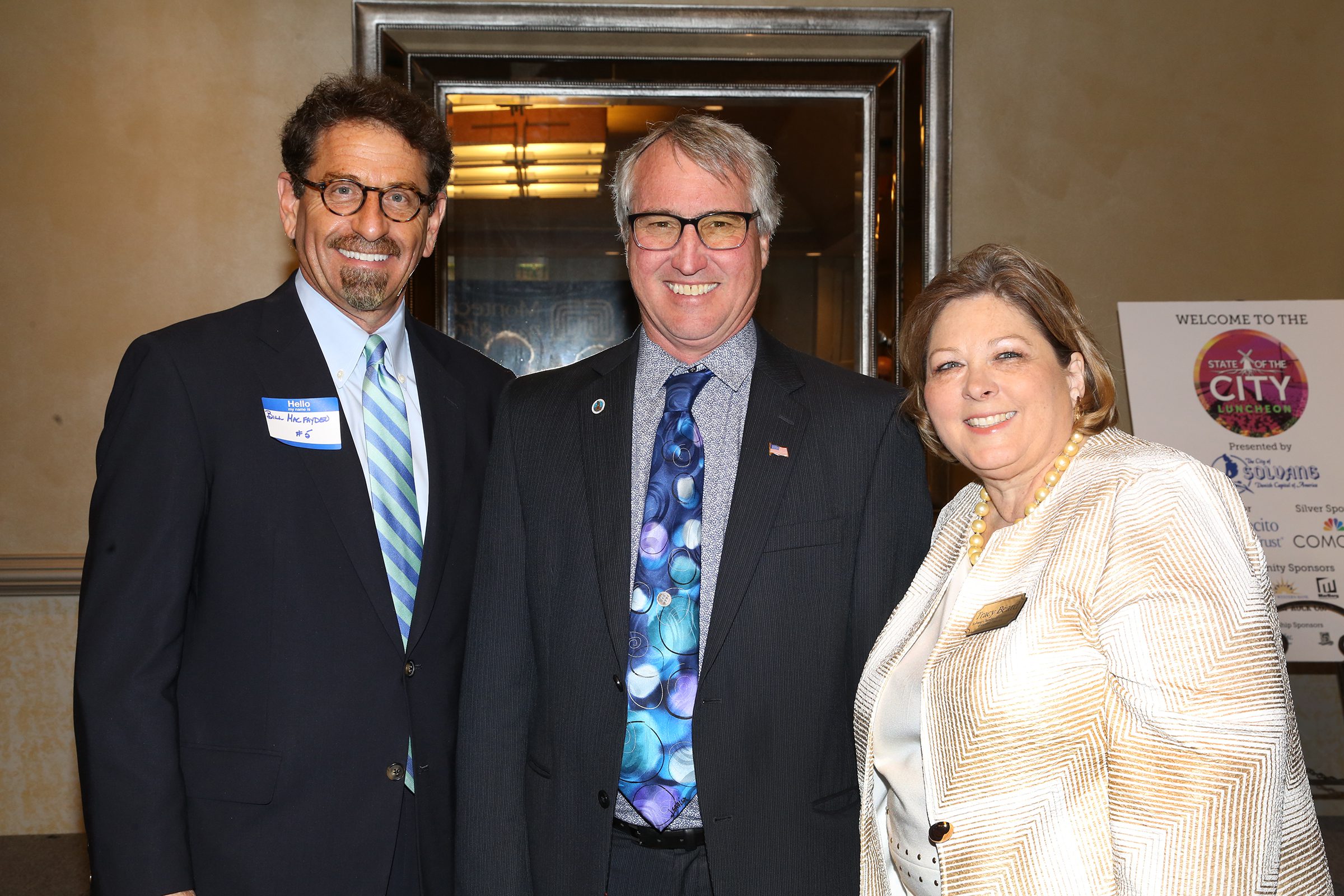By Janene Scully
Noozhawk North County Editor
A new wave of rocket companies and hundreds of small satellites needing rides to space have Vandenberg Air Force Base officials looking toward modernizing military safety systems to handle a higher launch rate in the future.
Col. Anthony Mastailr, commander of the 30th Space Wing, talked recently about the Air Force “range of the future” and other programs aimed at reducing the time between blastoffs, while noting that Vandenberg’s launch rate historically waxes and wanes.
“What I see is an increased demand for space launch, and it’s not going to be satisfied entirely by the Eastern Range, so the Western Range is going to be part of that solution,” he said.
“Our job here is to make sure that the range is prepared to handle that increased capacity, and that’s really my responsibility,” he added.
The 30th Space Wing operates the Western Range, which ensures just-launched rockets and missiles remain on their flight paths. For those veering off course, crews send commands to destroy the vehicle.
It’s a role performed from VAFB for more than 1,900 launches over six decades, using a network of radar, sensors and telemetry along the West Coast.
For the record, it’s not Mastalir or any other commander who determines how many launches occur at Vandenberg each year.
That number comes down to something simple — how many satellites need rides to space. In the past, that included scientific missions for NASA, spy satellites for U.S. national security purposes, weather satellites for the federal government, and commercial craft for international customers or communication constellations.
Orbital mechanics also determine launch rates, with Vandenberg, located on California’s elbow, able to launch satellites into polar orbit without the rockets passing over populated areas.
Other launches involve tests of unarmed Minutemen III intercontinental ballistic missiles or tests of the Defense Department missile-defense system, with those missions flying toward the southwest, again avoiding heavily populated areas.
While recent launch rates haven’t been hampered by the Western Range requirement for days to configure older equipment between launches, Vandenberg has started prepping for a future when missions might need to occur within hours of each other.
One step to reduce the time between launches calls for an autonomous flight safety system employing Global Positioning Satellites.
“Those programs are specifically designed to be able to more efficiently turn launches more quickly with less manpower, less footprint,” Mastalir said.
Today, mission-critical equipment that suffers a failure at a remote location requires workers to go to the site to make the repairs. In the future, modern systems would enable fixes to be done remotely and quickly.
“We don’t ever want the range to be a reason why a launch provider missed a launch window,” Mastalir explained.
Rocket-manufacturing companies such Blue Origin, Firefly and Relativity Space have worked to enter the field already filled with United Launch Alliance, SpaceX and Northrop Grumman Innovation Systems.
The Air Force also is in the midst of a competitive bid for companies to carry out its future rocket launch missions, between 2022 and 2026.
Another space race involves efforts to launch hundreds, in some cases thousands, of satellites to provide high-speed Internet and other services from space.
‘That’s a lot of investment that’s being put into commercial space so I do think it’s an exciting time for Vandenberg,” Mastalir said.
Mastalir covered a wide range of topics during an interview with local news media just months after assuming command of VAFB’s primary unit.
Vandenberg was not picked as the initial home to the new U.S. Space Command headquarters, led by Air Force Gen. Jay Raymond, who also leads the Air Force Space Command, with both based at Peterson Air Force Base in Colorado Springs.
But Mastalir sees only opportunity in the future for 100,000-acre Vandenberg Air Force Base.
“In terms of mission growth, which may mean more people, more jobs, more economic development, Vandenberg has a lot to offer and the Air Force is keenly aware of that,” he said.
“I think that’s why you find Vandenberg is often in the discussion when it comes to these sort of things.”
Noozhawk North County editor Janene Scully can be reached at jscully@noozhawk.com.






